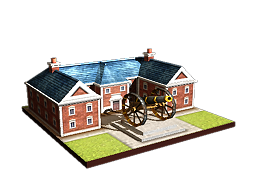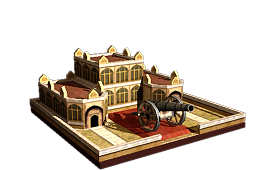A practical education in the arts of gunnery and the uses of firepower can be a very useful thing for an officer of artillery.
Gunners see themselves as a “race apart” from army officers, and with good reason. They are skilled specialists who have spent years studying their trade. In the wrong hands, cannons can be as dangerous to their users as to the enemy, so gunners are actually expected to know what they are about. Unlike army officers, who have often obtained their rank through the purchase of a commission, gunners are promoted on seniority and merit. It is not enough to stand around looking brave; a gunner needs to understand military surveying and drawing, mathematics, ballistics, some military engineering, and have a grasp of technical matters. This can create tensions between “gentlemen” officers and the gunners practicing “a trade”.
Historically, many corps of artillery and gunnery schools are older than national standing armies, as they can date their foundations back to the times when a Master of Ordnance or Artillery was part of a royal household. The most famous artillery student is, of course, Napoleon Bonaparte; his interest was considered surprising given his background as a member of the minor nobility.





